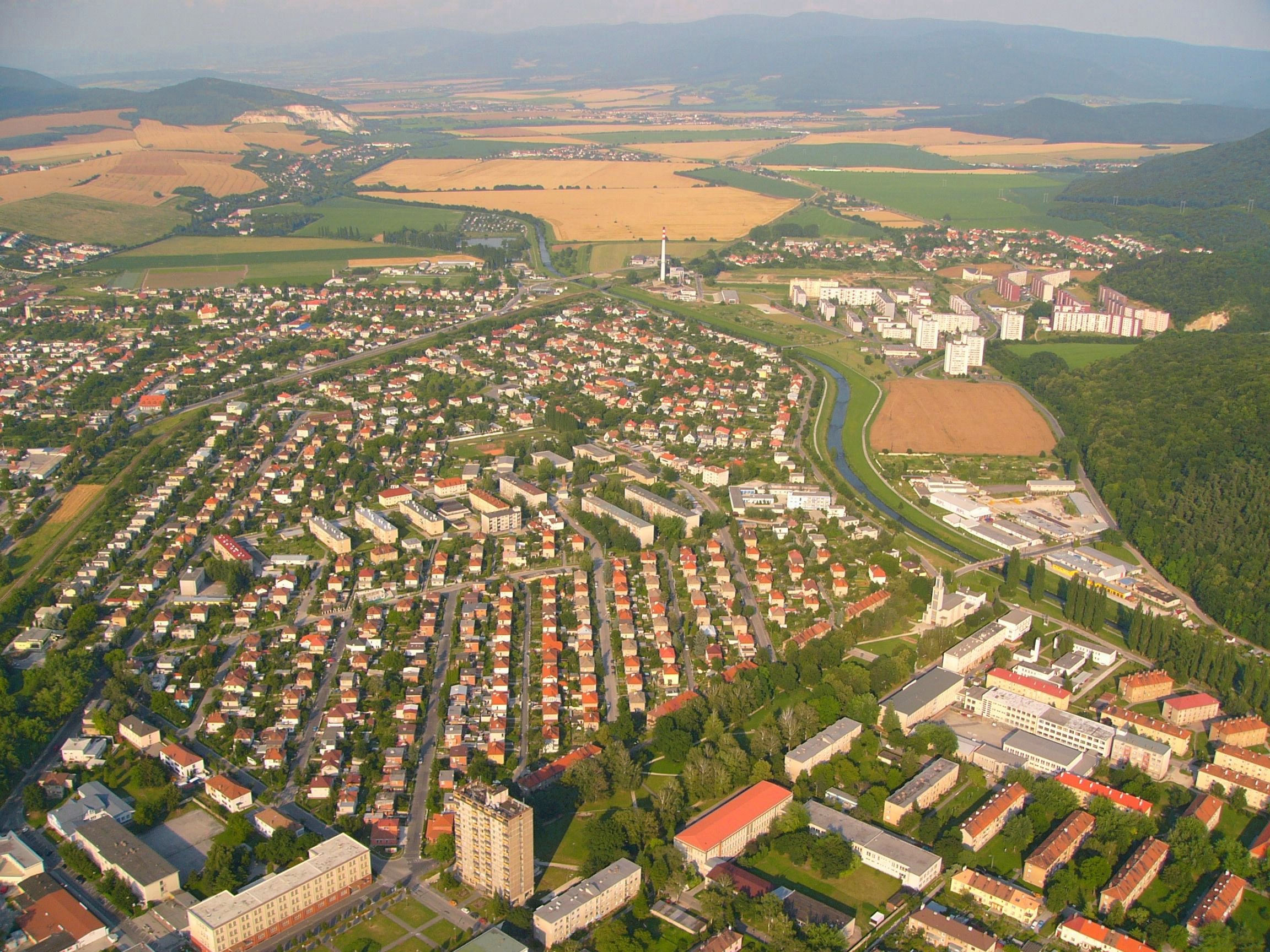
Planned community
A planned community, planned city, planned town, or planned settlement is any community that was carefully planned from its inception and is typically constructed on previously undeveloped land. This contrasts with settlements that evolve organically.[2]
"New town" redirects here. For other uses, see New Town (disambiguation).The term new town refers to planned communities of the new towns movement in particular, mainly in the United Kingdom. It was also common in the European colonization of the Americas to build according to a plan either on fresh ground or on the ruins of earlier Native American villages.[3]
Europe[edit]
History[edit]
New settlements were planned in Europe at least since Greek antiquity (see article History of urban planning). The Greeks built new colonial cities around the Mediterranean. The ancient Romans also founded many new colonial towns through their empire. There are, however, also traces of planned settlements of non-Roman origin in pre-historic northern Europe. Most planned settlements of medieval Europe were created in the period of about the 12th to 14th centuries. All kinds of landlords, from the highest to the lowest rank, tried to found new villages and towns on their estates, to gain economic, political or military power. The settlers generally were attracted by fiscal, economic and juridical advantages granted by the founding lord, or were forced to move from elsewhere from his estates. Most of the new towns were to remain rather small (as for instance the bastides of southwestern France), but some of them became important cities, such as Cardiff, Leeds, 's-Hertogenbosch, Montauban, Bilbao, Malmö, Lübeck, Munich, Berlin, Bern, Klagenfurt, Alessandria, Warsaw and Sarajevo.[59]
North America and the Caribbean[edit]
Canada[edit]
When Prime Minister John A. Macdonald began to settle the West in Canada, he put the project under the command of the Canadian Pacific Railway (CPR), which exercised complete control over the development of land under its ownership. The federal government granted every second square mile section (totalling 101,000 km2) along the proposed route to the railway. The railway decided where to place the stations, and thus decided where the dominant town of the area would be. In most instances they built stations on empty sections of land to make the largest profit from land sales – meaning that the CPR founded many towns in western Canada, such as Medicine Hat and Moose Jaw, from scratch. If an existing town was close to the newly constructed station but on land not owned by the railway, the town was forced to move itself to the new site and reconstruct itself, essentially building a new town. Calgary, Alberta and Yorkton, Saskatchewan, were among the towns that had to move themselves.
After the CPR established a station at a particular site, it planned how the town would be constructed. The side of the tracks with the station would go to business, while the other side would go to warehouses. Furthermore, the railway controlled where major buildings went (by giving the town free land to build where they wanted things to go), the construction of roads and the placement and organization of class-structured residential areas.
The CPR's influence over the development of the Canadian west's communities was one of the earliest examples of new town construction in the modern world. Later influences on planned community development in Canada were the exploitation of mineral and forest wealth, usually in remote locations of the vast country. Among numerous company towns planned and built for these purposes were Corner Brook and Grand Falls in Newfoundland, Témiscaming and Fermont in Quebec.
In the modern suburban context, several "New Towns" were established in the suburbs of large cities. Early examples include Leaside in Toronto and Mount Royal in Montreal. Both were planned and developed by the Canadian Northern Railway as middle class suburbs, though both, Leaside in particular, featured large industrial tracts. Leaside had its own municipal government until 1967, while Mount Royal continues to enjoy autonomy from the City of Montreal.
In the post-war period, new corporate new towns were developed. Bramalea, located in Brampton, Ontario and Erin Mills, located in Mississauga, Ontario, were both developed in phases. Both included residential, commercial and industrial components. Development in Erin Mills continues to this day.
More recently, the Cornell development in Markham, Ontario, was built as a new town, using the concepts of New Urbanism. CityPlace in Toronto is another example of a planned community.
Mexico[edit]
Tenochtitlan was the capital of the Aztec empire, which was built on an island in Lake Texcoco in what is now the Federal District in central Mexico. The city was largely destroyed in the 1520s by Spanish conquistadores. Mexico City was erected on top of the ruins and, over the ensuing centuries, most of Lake Texcoco has gradually been drained.
Puebla was built because of the need of a Spanish settlement in the route between Mexico City and the port of Veracruz.
Cancun in the state of Quintana Roo is a planned city, considered a tourism destination of global scale. It was transformed from old-growth forest to a well known Mexican destination.
South and Central America[edit]
Colonial cities in Spanish and Portuguese administration[edit]
The colonial city was the basic administrative organism of the Portuguese and Spanish viceroyalties in America.
Cities were built and organized according to the Castilian model. Streets were drawn according to a perpendicular layout and in the center was the "Plaza de Armas", where the local and religious authorities were. Cities can be divided into several categories: administration centers, international ports, regional ports, mining centers, indigenous centers, agricultural centers, presidios, border military centers or religious centers (missions).[80][81]
Cities, of course, grew and transformed over time. The only example of the original layout of a city from the first decades of the conquest can be seen in the ruins of León Viejo, next to Lake Managua, in Nicaragua. The city was abandoned and moved to its current location before the end of the 16th century.